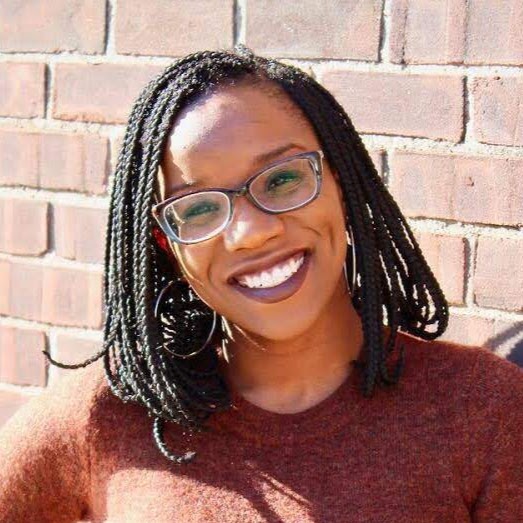When I first learned about Techbridge Girls, it was the summer after my second year of teaching. I was an eighth grade physical science teacher in Las Vegas at the time, and I was hoping to find a position that would allow me to teach science in a less constrained environment. I liked that with Techbridge, I could teach after school while working with similar populations of students that I was used to working with, so I applied and then became a Program Coordinator, working predominantly with middle schools. Working with the girls and facilitating activities in Techridge Girls’ project-based maker environment helped me see that we can create spaces where girls are learning STEM, but they’re also having fun and they’re able to be themselves. It was so rewarding to see the environment Techbridge Girls created, where the girls were so empowered to come up with solutions at such young ages. It’s amazing to think that girls can be active agents of change now through STEM.
After doing this work, Techbridge Girls inspired me to go back to school and pursue graduate studies, and to see the benefit of maker environments for civic engagement. I wanted to explore how we can design more of these environments that not only emphasize the relationships that allow girls to play and have agency in what they build and design, but will also allow them to be more civically engaged and really examine some of these injustices, particularly in STEM, and develop and come up with alternate futures. I feel like Techbridge Girls was the impetus for all that: I’m currently a third-year doctoral student at the University of Pennsylvania Graduate School of Education in the teaching, learning and leadership division. In developing my research interests, particularly with regard to maker activities, I wanted to make sure that my work was engaged with STEM, while finding ways to critique it as we try to promote equity in this space. Having learned more about some of the histories and disparities that we see in industries within STEM, I want to work to bring in more black and brown faces, and more voices of people who have been historically excluded.
Particularly in education, we work within these constraints — the structure of testing, how the buildings are structured, the excess pressure that’s put on teachers, and policies that police girls’ ability to really learn the best. Even with the creation of informal spaces that try to challenge that, there’s still the issue of access, the issue with funding, or issues with trying to ensure that girls are learning just as much as they are in school. My vision for girls in the next 20 years is that we can continue to break down those barriers in education, to the point where rather than fighting against the structures that are within these spaces, we can create brand new spaces with new policies that allow girls to be themselves and allow them to learn what they want to learn. And my hope is that we can nurture those talents and passions so that they can really reflect on the issues that are happening in their communities, and beyond.

